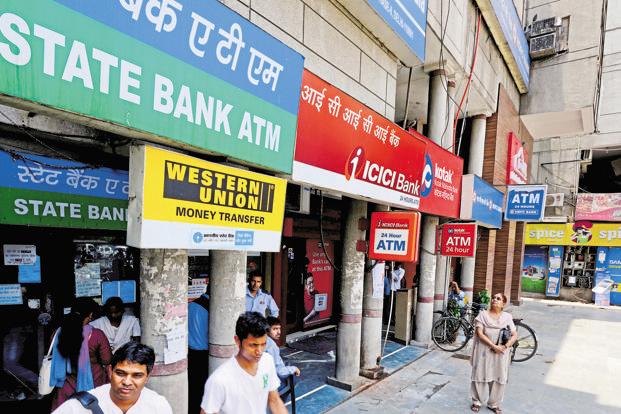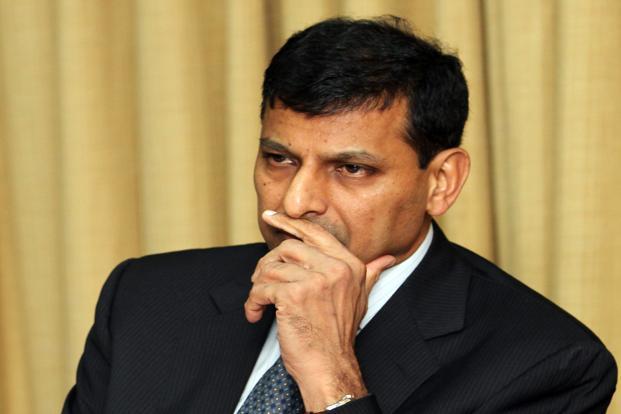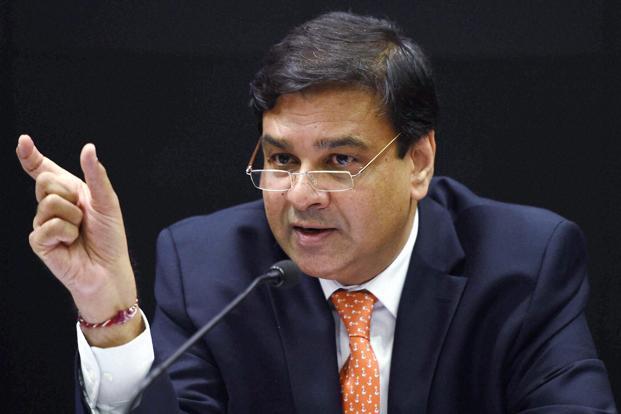Prime Minister Manmohan Singh and United Progressive Alliance (UPA) chairperson Sonia Gandhi flew down to Mumbai last week to open the first branch of India’s newest public sector bank, Bharatiya Mahila Bank, on the 96th birth anniversary of former prime minister, the late Indira Gandhi. It was a political event, attended by Sharad Pawar, Praful Patel, Murli Deora and Farooq Abdullah, besides Maharashtra chief minister Prithviraj Chavan and finance minister P. Chidambaram. Sushma Swaraj, leader of the opposition in the Lok Sabha, was not there.
Most existing public sector banks in India were founded by individuals and later nationalized through laws but Bharatiya Mahila Bank is the first instance of a public bank being set up. In a hurry to launch the bank on Indira Gandhi’s birth anniversary and ahead of elections, the government could not wait for the passing of a law in Parliament. Instead, it moved an application with the Reserve Bank of India (RBI) and set it up after it got the regulator’s nod—the way private banks are set up. Under RBI norms, 25% of a bank’s branches need to be set up in rural India but Bharatiya Mahila Bank has been excused from this. So, all its initial branches are in urban India—Mumbai, Guwahati, Kolkata, Chennai, Bangalore, Ahmedabad and Lucknow. It will establish branches in Delhi and Indore in December after the state elections there.
This is strange as professional urban women do not need a bank of their own. Women in rural pockets of India, fraught with casteism and gender discrimination, need this vehicle. As women do not have right to property, they cannot offer collateral while seeking a loan. This is true for all women, but women in cities are more involved in formal economy through jobs and entrepreneurship and they do not need a bank exclusively for themselves.
In his inaugural address, Chidambaram said the bank will break-even in the next three to five years. Its total business—advances and deposits—will be Rs.60,000 crore by 2020, when it will have a 770-strong branch network and it will be listed in due course.
This is a rather ambitious projection as nowhere in the world a bank exclusively set up for women has reached this scale. And, only two countries have experimented with this. Pakistan was the first country to set up a woman’s bank—First Women Bank Ltd—in 1989. Late prime minister Benazir Bhutto established this to meet the needs of women entrepreneurs. It commenced business in December 1989 with five leading public sector banks—National Bank of Pakistan, Habib Bank Ltd, Muslim Commercial Bank Ltd, United Bank Ltd and Allied Bank Ltd—holding 90% stake and the government the rest. Subsequently, the government’s stake rose beyond 50%. It gives loans to those companies where women have at least 50% shareholding, or women employees constitute at least 40% of total employees or those that have a woman chief executive officer (CEO). Under the burden of rising bad debts, in the first nine months of 2013, it reported losses of around 158 million Pakistani rupees as it had to set aside 166 million Pakistani rupees for bad loans. The bank has about 60,000 women customers spread over 41 branches over 24 locations, with a majority in Karachi, its headquarters.
Tanzania Women’s Bank is the second example. In 1999, a group of women entrepreneurs mooted the idea of the bank to then president Benjamin William Mkapa. It was set up in 2007, with the government holding 97% equity stake and private entities the rest, but it started business in July 2009. Based in Dar es Salaam, it focuses on low-income earners, small businesses and small and medium enterprises. Its name was changed to Tanzania Women’s Bank Public Ltd Co. last year when the bank planned to raise money from the public and list its shares.
There is yet another global example of a special vehicle for women—Women’s World Banking Ghana Savings and Loans Co. Ltd. Set up in 1998, it has seven branches in Ghana’s Golden Triangle. It’s an affiliate of the Women’s World Banking global organization that has a network of microfinance institutions and banks working to help low-income entrepreneurs around the world.
In India, there have been a few cooperative banks that give loans to women borrowers but even they have not been able to scale up business. At least two cooperative organizations are run exclusively by women—the Ahmedabad-based Shri Mahila Sewa Sahakari Bank Ltd and Mann Deshi Mahila Sahakari Bank Ltd—but both have a limited geographical presence. Established in 1974 with 4,000 members each contributing Rs.10 as share capital, Sewa Bank now has 93,000 depositors.
According to the Harvard Business Review, women control about $20 trillion global consumer spending and earn about $18 trillion extending their circle of economic influence, but unfavourable business and regulatory environments impede women entrepreneurs from accessing finance. An International Finance Corp.-McKinsey study says this has led to a $320 billion credit gap. A bank exclusively meant for women can indeed address this issue, but why don’t we see too many women’s banks across the globe? The answer is simple: distribution of financial products cannot be gender-specific.
The self-help groups (SHGs)—an intermediary between the banking system and borrowers—and the microfinance movement in India are being driven by women. Women play a critical role on this turf as they are more responsible and disciplined in dealing with money than their menfolk. Bharatiya Mahila Bank wants to lend exclusively to women while it is open to the idea of taking deposits from men as well. This is a smart idea but if it wants to succeed it must focus on rural India. Urban women do not need a bank for themselves.



